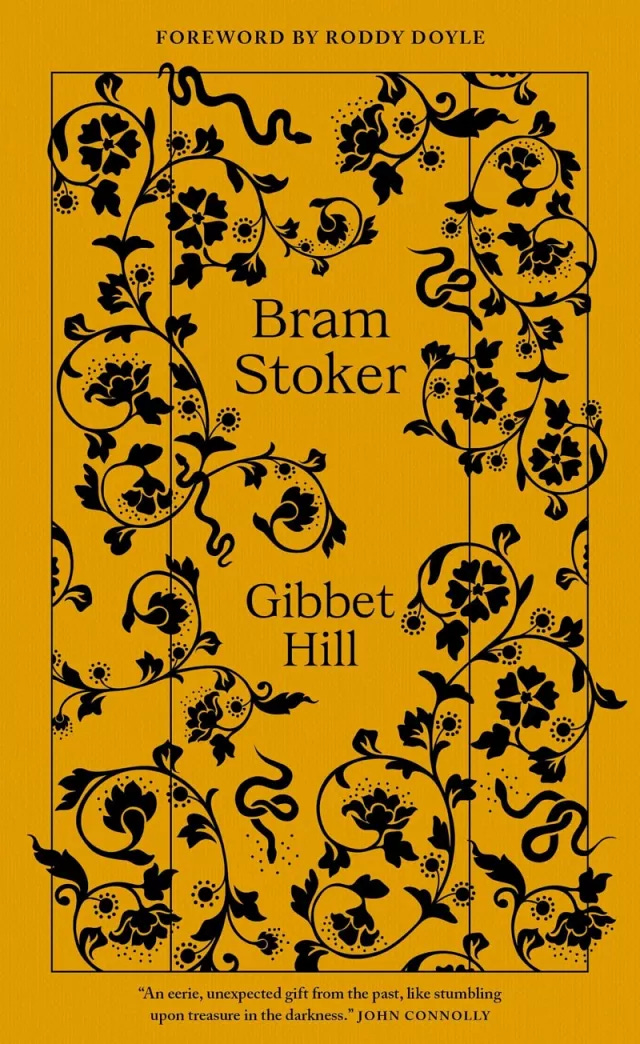Thursday Things is here! This week we find something long forgotten and put it to good use.
Let’s get Gothic! Photo by Owen on Unsplash
Bram Stoker deep cut
The Irish author Bram Stoker is best known for his 1897 novel Dracula. In fact, I’d say he’s not known for much else these days.
Quick! Name another novel by Bram Stoker!
Unless you’re a devoted Stoker fan, you probably didn’t come up with one.
The Shoulder of Shasta would have been an acceptable answer. Not making that up.
Stoker had one immortal work that became a classic and has had a massive impact on popular culture well over a century on. I’m not knocking that. It’s one more immortal classic novel than I’ve ever written.
Nevertheless, Stoker wrote lots beyond Dracula. More than a dozen other novels, depending how you count them. Some might be more rightly called novellas. He also wrote short stories, poems, non-fiction books, theater criticism, articles, speeches, and more. He interviewed Arthur Conan Doyle and Winston Churchill. He was a busy guy.
Most of that work has now fallen into obscurity, overlooked by all but Stoker scholars and truly committed fans.
And some of his work has slipped beyond obscurity into outright oblivion, its very existence forgotten by every living soul.
It is one such work that concerns us today. A macabre short story by Stoker that was recently uncovered by one of those die-hard Stoker fans I just mentioned.
Meet Brian Cleary, of Dublin.
"I read 'Dracula' as a child and it stuck with me, I read everything from and about Stoker that I could get my hands on," said Cleary, 44, a writer and amateur historian who lives in the Marino neighborhood of Dublin where the author grew up.1
A few years ago Cleary lost his hearing and while on leave from work after getting cochlear implants, he decided to visit the National Library of Ireland to do some reading, including the works of Stoker.
And there he made a startling discovery “in a Christmas supplement of the Dublin edition of the Daily Mail newspaper from 1890.”
It was a story by Bram Stoker called ‘Gibbet Hill’. Cleary had never heard of it.
In fact, full-fledged Stoker scholars had never heard of it. It was not listed in any Stoker bibliography. ‘Gibbet Hill’ was unknown and forgotten.
"I sat in the library flabbergasted, that I was looking at potentially a lost ghost story from Stoker, especially one from around the time he was writing 'Dracula,' with elements of 'Dracula' in it," said Cleary.
"I sat looking at the screen wondering, am I the only living person who had read it? Followed by, what on earth do I do with it?"
He did the logical thing: He summoned a librarian.
According to the BBC, the library's director Audrey Whitty said Cleary called her and said: "I've found something extraordinary in your newspaper archives — you won't believe it."
She added that his "astonishing amateur detective work" was a testament to the library's archives, the BBC reported. "There are truly world-important discoveries waiting to be found," Whitty said.
You can only imagine how … stoked … both Cleary and the library director were.
And you can only wonder what other lost, overlooked, and misplaced stories, novels, and historic documents are still waiting to be found in an archive room or an attic or a file cabinet somewhere.
In fact, this is not the first time Stoker’s writing has turned up in an unexpected place.
The original 541-page manuscript of Dracula turned up in a Pennsylvania barn some years ago and was sold at a Christie’s auction to an anonymous buyer, later revealed to by Microsoft co-founder Paul Allen.2
The story will be publicly read for the first time this very weekend in Dublin:
Perfect reading in the run up to Halloween... And the Dublin City Council Bram Stoker Festival knows it. “Gibbet Hill” is being published by the Rotunda Foundation - the fundraising arm of Dublin's Rotunda Hospital for which Cleary worked - and the first public reading of the story will take place at this year's festival, on Saturday 26 October.3
Proceeds from sale of the new edition “will go to to fund research on preventable deafness in vulnerable newborns”4 — which nicely ties this whole story together.
‘Gibbet Hill’ back from the stacks. Image: The Rotunda Foundation
If you enjoy this edition, please click the heart icon in the header or at the end of the post to let me know.
Ibid.




